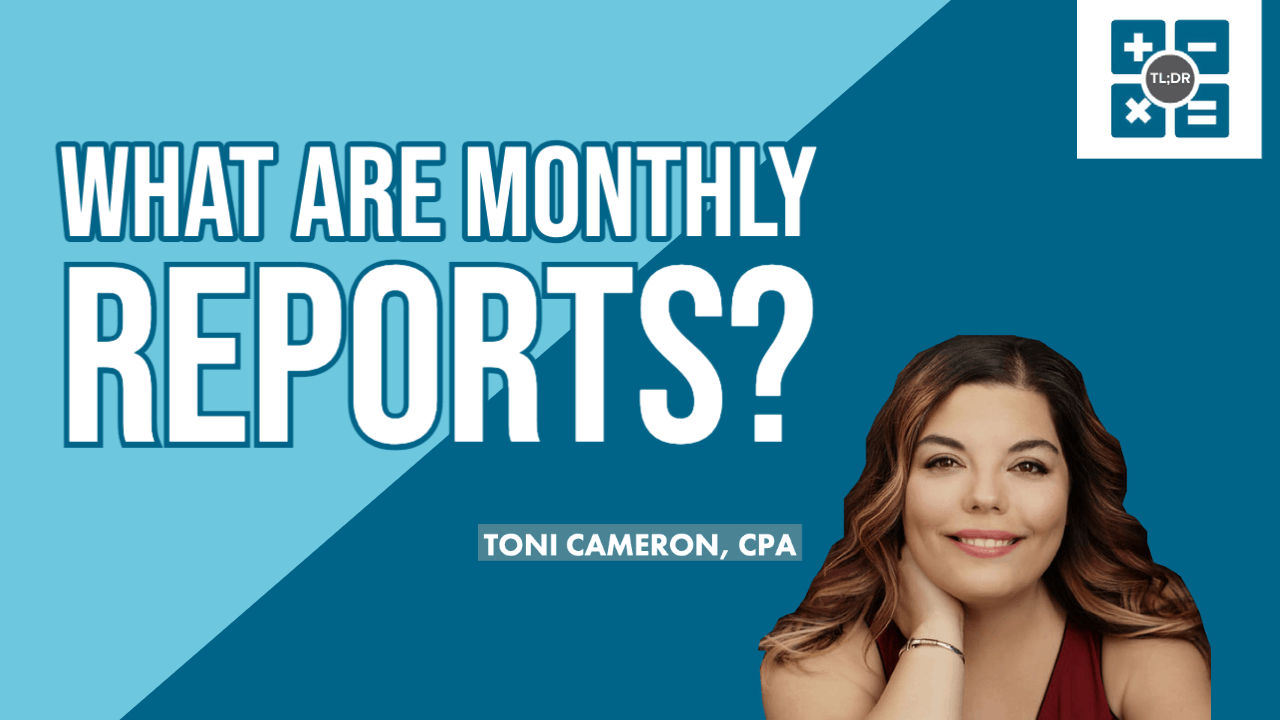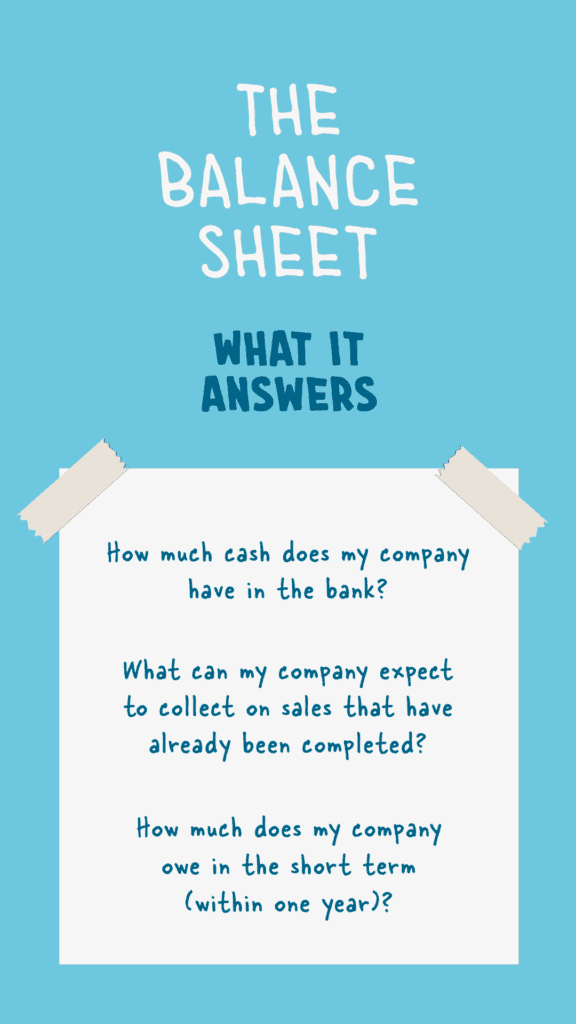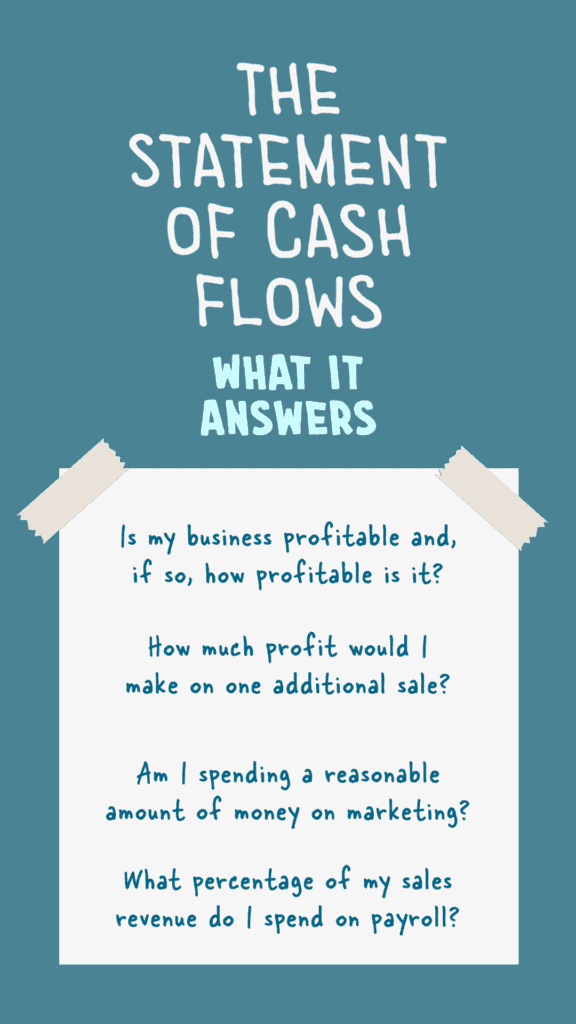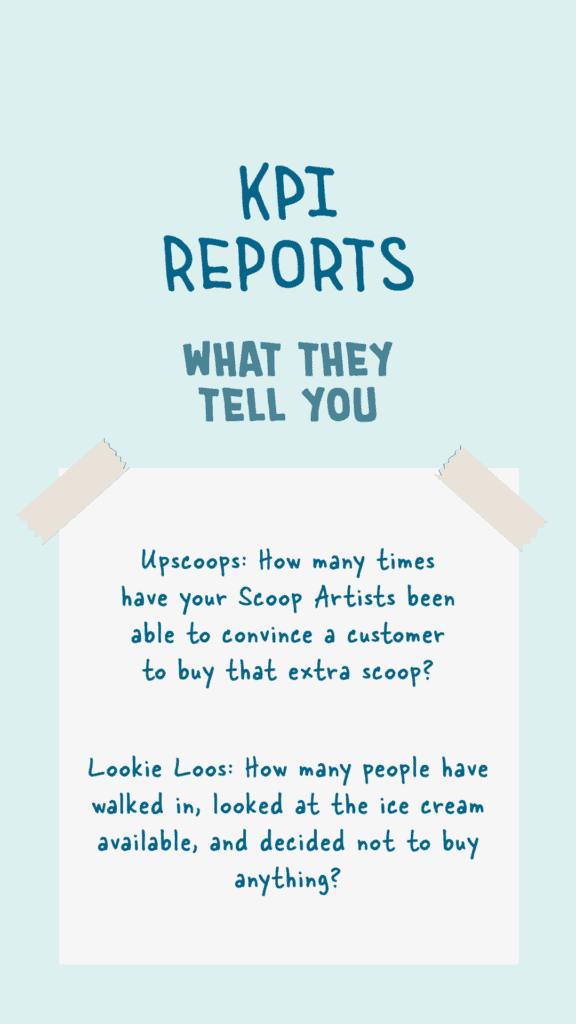Yet another asteroid hits your ship, shaking the giant machine. You and your crewmates brace yourselves against the nearest bulkhead (wall) and almost fall over.
“Number One, ship status please,” you call across the room.
“Hull is at 93%. We’ve evacuated hydroponics and closed the airlock. Our whole crew is safe, no injuries. We’re gonna lose some plants though. Clemens is gonna be pissed about his tomato garden.” Number One allows himself a chuckle. “As you know, seed storage is in the starboard wing so we’ll get the garden back up in no time. Shields are at 45% and rising. Thankfully, navigation says we’re through the asteroid field. I think we’re gonna be alright.”
You nod briskly. “Very well. All ahead full.”
Status reports are essential to any kind of managerial effort, whether you’re the admiral of a star-cruiser or the captain of the local “Scoops Ahoy” ice cream store. If you don’t know what’s going on then you won’t have the tools you need to make important decisions — especially the hard ones.
A good place to start, of course, is to take a look at what monthly reports are. The three traditional monthly reports are the Balance Sheet, the Profit & Loss Statement (AKA P&L or Income Statement), and the Statement of Cash Flows. After covering these three standardized reports, we’ll talk about custom KPI (Key Performance Indicator) reports that you can tailor to your own business.
What Are Monthly Reports? | The Balance Sheet
The Balance Sheet is a list of what your company owns (Assets), what your company owes (Liabilities), and a record of ownership interest of the company itself (Equity). Looking at the Balance Sheet can tell you quite a lot about a company by answering these questions:
- How much cash does my company have in the bank?
- What can my company expect to collect on sales that have already been completed?
- How much does my company owe in the short term (within one year)?
- Who owns the company, and how much does each person or entity own?
As a small business owner, you probably already have a decent idea of what would be on your Balance Sheet. Still, it’s worth looking at least once a month to make sure there aren’t any surprises lurking on it.
What Are Monthly Reports? | The Profit & Loss Statement
The Profit & Loss Statement tracks the bread-and-butter of your business. It tracks the revenue your company is taking in (not to be confused with cash), the expenses your company is paying, and other important figures. For example, your Sales Margin will tell you how much profit you can “scoop” off the top of each sale after expenses are paid. If your Sales Margin is low, then consider ways to improve it. If it is zero or negative, then sound the alarm and rethink the way you’re doing business!
A Profit & Loss statement can answer questions such as these (and many more):
- Is my business profitable and, if so, how profitable is it?
- How much profit would I make on one additional sale?
- Am I spending a reasonable amount of money on marketing?
- What percentage of my sales revenue do I spend on payroll?
In a P&L, it can help to look at every expense as a percentage of sales so that you can isolate any “problem expenses” that are larger than you would expect. You should absolutely be looking at your monthly P&L every month.
What are Monthly Reports? | The Statement of Cash Flows
The Statement of Cash Flows is the third part of the typical trio of monthly reports for a business. It tells you how cash is entering and leaving your business. Many promising businesses have been crushed by cash flow problems. Your sales might be through the roof, but an IOU isn’t going to pay your rent.
The Statement of Cash Flows is especially worth a look whenever you anticipate cash issues. For example, if your business is growing rapidly, there’s a chance you will have difficulties collecting revenue fast enough to fund the growth.
Do you have a budget? If so, it is worth comparing your budget to your P&L to see how actual revenues and expenses compared to budgeted amounts. If something busts the budget, don’t beat yourself up too much, focus on what you can learn from the experience in order to avoid repeating any mistakes.
What are Monthly Reports? | KPI Reports
Lastly, it is worthwhile to watch your KPIs (Key Performance Indicators). These are metrics that correlate to successful operation of your business but may not appear on a traditional accounting statement. Here are three KPIs that an ice cream shop might have:
- Upscoops: How many times have your Scoop Artists been able to convince a customer to buy that extra scoop?
- Lookie Loos: How many people have walked in, looked at the ice cream available, and decided not to buy anything?
- Customer Indecision: How long does the average customer stand there gawking at the flavors before finally making a decision? (We’re not sure if this is a useful KPI, but we know what it’s like to be second-in-line behind one of these folks.)
A good exercise for you at this stage might be to consider what kinds of KPIs would spell success for your business. If you’re a therapy practice, consider tracking how many sessions your average client takes per month. For a manufacturer it might be “how many widgets come out wonky and have to be scrapped” per month.
You can track whatever you want to track, but make sure you’re not tracking too few or too many things. More importantly, track indicators that correlate with success. It will likely take some experimentation to settle on your list!
TL;DR: Monthly reports might seem boring at first, but they will probably look more interesting once you understand the meaning behind the numbers. The Balance Sheet and P&L are important to check every month, and the Cash Flow Statement is worth checking during expansions, changes, or other times when cash might be tight. You may spend most of your report-reading time on the P&L, but don’t rule out creating your own custom KPI reports. If you choose the right KPIs, you can learn quite a lot about your business at a glance!









